Watery Planets Orbiting Dead Star Contain Life?
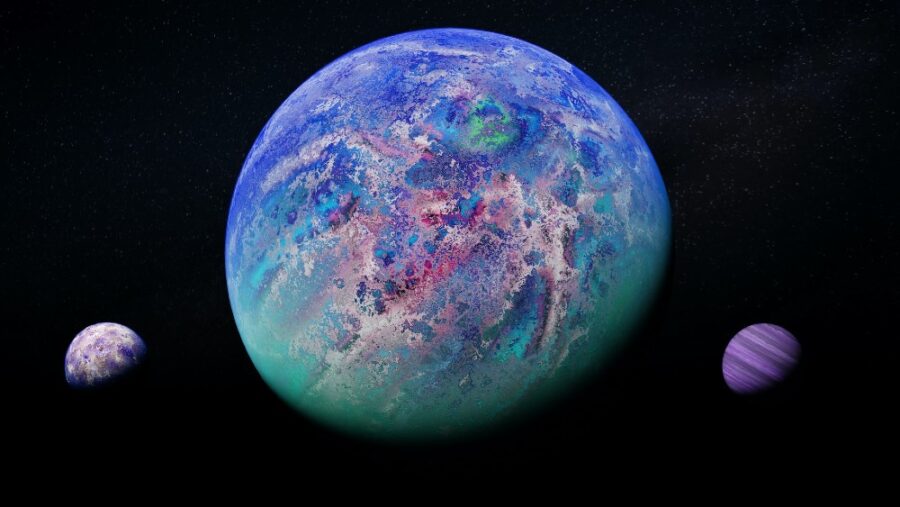
A groundbreaking study from the University of Wisconsin (Madison) seems inspired by sci-fi, suggesting that watery planets orbiting white dwarfs could prospectively harbor life. White dwarfs, for those who don’t know, are the remnants of stars that have depleted their fuel. The small size of these dwarfs and the dim light they emit provide an ideal backdrop for detecting life on the planets orbiting them.
The Key To Finding Planets With Water
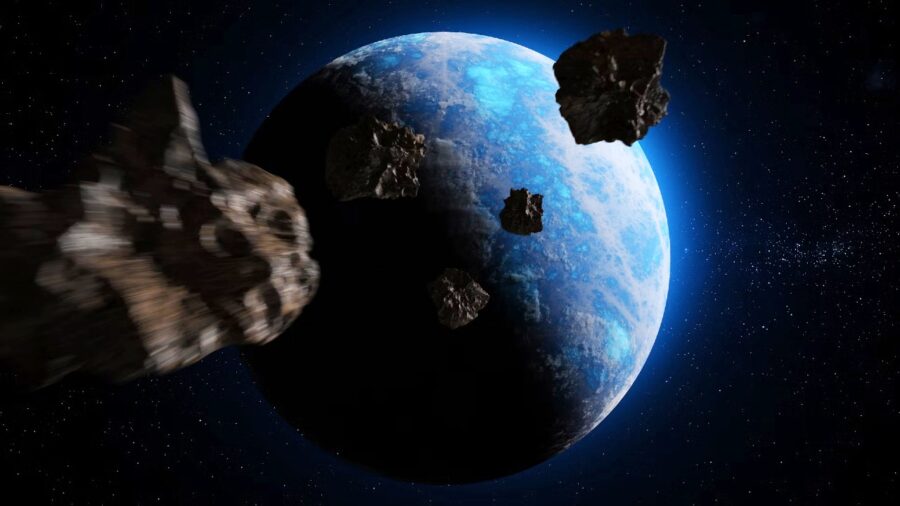
These planets were they to contain life, would have managed to retain their water for billions of years without succumbing to the violent final throes of their parent stars.
The new study emphasizes how white dwarfs, stellar leftovers from the exhaustion of nuclear fuel by small to medium-sized stars, could play a pivotal part in the quest for habitable exoplanets; since white dwarfs are so lightless and featureless, it is easier to identify the shadows of orbiting planets during their transits—planets that may harbor life.
Planets Near White Dwarfs Normally Don’t Survive
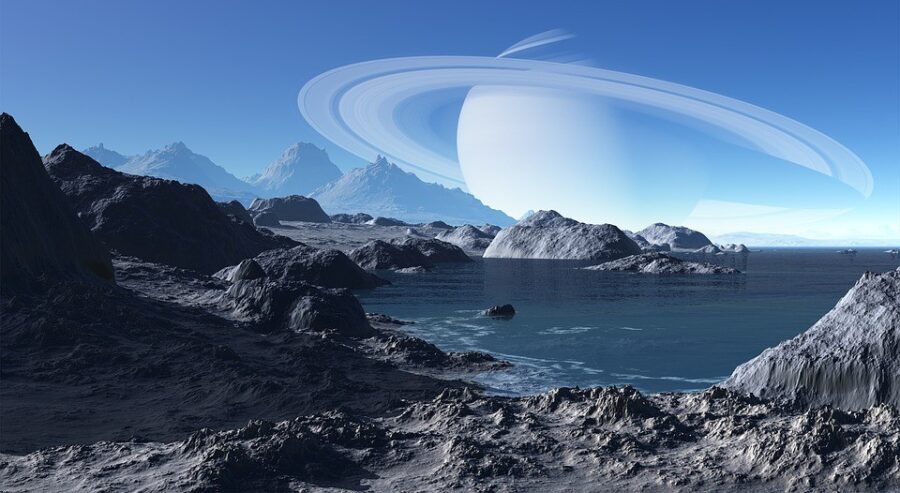
By easily recognizing passing planets, scientists thus benefit from a more precise signal to analyze their atmospheres.
According to Professor Juliette Becker, the study’s lead author, the cumulative benefit is an improved ability to discover potentially habitable planets.
That said, it is exceedingly difficult for watery planets like those surrounding white dwarfs to survive the tumultuous stages of the near-dead star’s life. After all, upon depleting their fuel, stars expand dramatically—growing up to 100 times their original size in what experts describe as “Destruction Phase No. 1.”
A Dramatic Loss Of Any Surface Water
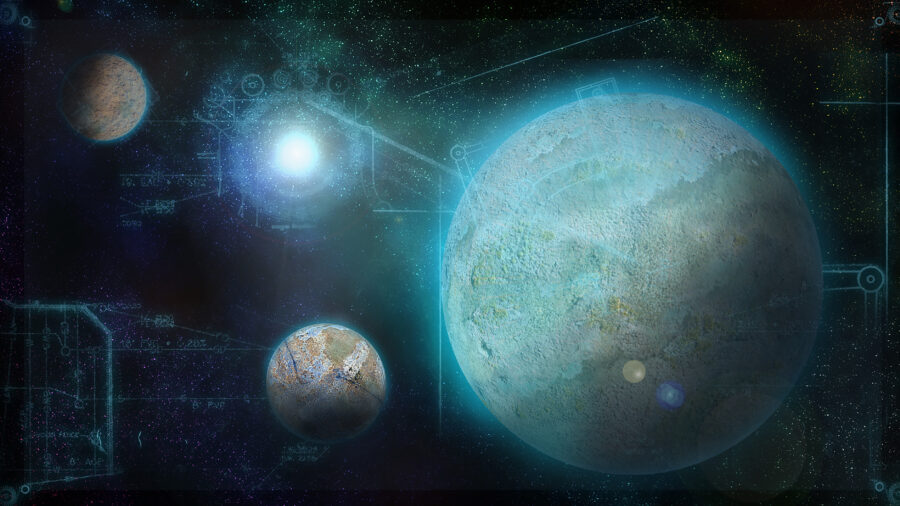
While this might remind you of sci-fi or a directive given by Imperial functionaries with British accents on the Death Star, the phrase is no joke: it can engulf any nearby planets (including ours), scorching any life. Ultimately, for the watery planets circling white dwarves, Destruction Phase No. 1 entails the dramatic loss of surface water.
Thus, even if a planet manages to avoid being devoured by the expanding star’s face, it still risks losing its water due to the extreme augmentation of the star’s brightness. This rise in brightness literally evaporates oceans.
The Perfect Distance For Life
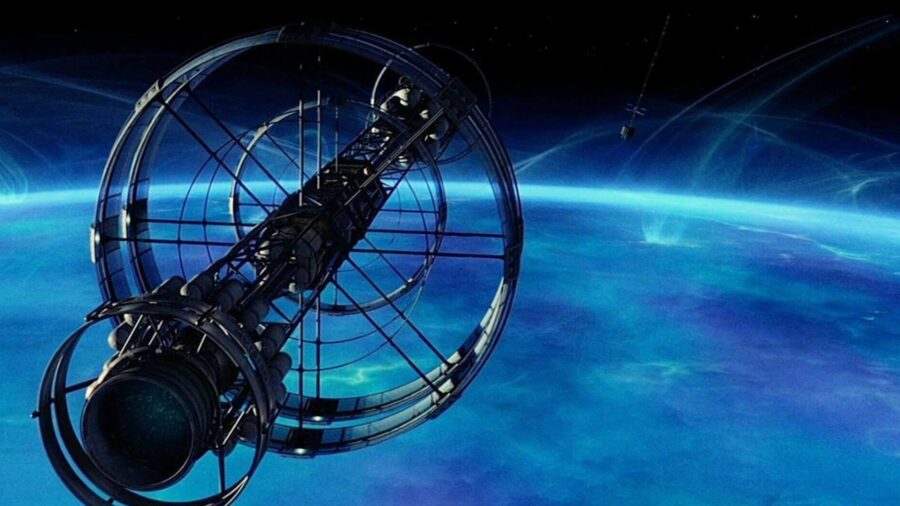
All is not hopeless, but a planet must be positioned at least 5 to 6 astronomical units away from the star to retain its water throughout the violent stages characterizing a star’s death. Through this safe distance, the planet can avoid the most damaging effects of the star’s expansion and thus, eventually, facilitate life. Still, as the star cools, shrinks, and transitions into a white dwarf over billions of years, the planet must drift inward to remain within a habitable zone where liquid water can exist.
The Search For Habitable Planets Continues
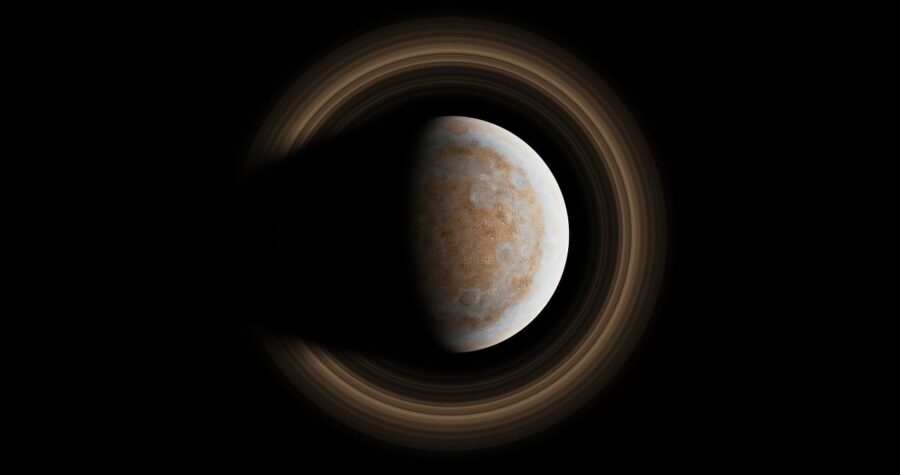
A mechanism called tidal migration might facilitate this process. During this phase, dynamic instabilities inside a planetary system adjust a planet’s orbit, meaning the planet eventually graduates to a closer, stable path around the white dwarf. According to Becker, these orbital changes are pretty typical.
Excitingly, the new study points out that, regardless of these robust challenges, it’s theoretically possible for planets to retain oceans and support life—even after the advent of white dwarfs. Indeed, the findings chart a new path in the search for extraterrestrial life, pointing to an era in which white dwarf systems are the most viable candidates for habitable exoplanets.
Becker’s incredible work was conducted in collaboration with Andrew Vanderburg of MIT and UW-Madison graduate student Joseph Livesey; their contribution will likely lead to dedicating limited telescope resources to studying white dwarfs. We can’t wait to see the results.
Source: ScienceDaily












